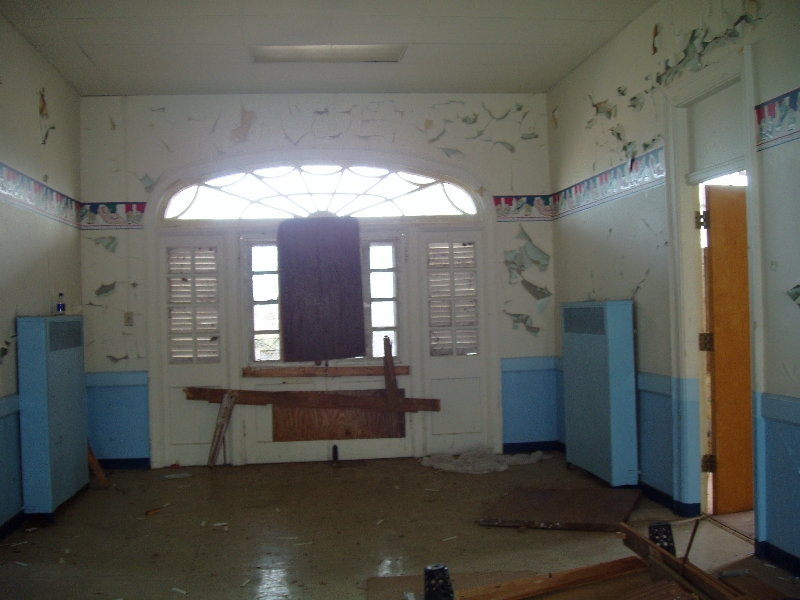
DeJarnette Children's Center
DeJarnette School Program
At the DeJarnette Children's Center, active treatment worked around school attendance requirements for school-age children. School was requires for all residents of the adolescent program and was held throughout the year. Credits earned could be transferred back to the child’s school once they returned to the community. Many of the children had experienced difficulties and had fallen behind in school due to the emotional problems that led to their hospitalization. Therefore, attending school while they were hospitalized was an essential step in helping them progress toward leaving the DeJarnette Children's Center. Below is a photo of one of the classrooms for the younger children.

The classrooms of the school were located in a separate part of the building than the living units. Therefore, the children would go from their living units to school during normal school hours. This left less time for active treatment programming than a typical adult inpatient schedule. In addition, school at the DeJarnette Center was an intense experience for the children. The reason for this was that the children received much more attention in the smaller classrooms than they were accustomed to in their regular schools. School was well received by most despite the numerous learning disabilities and other behaviors that make school experiences challenging for many of these children. Below is a classroom that was used for the older children.

In addition, to the school curriculum, most of the children participated in group activities, structured leisure activities, and individual therapy with a psychologist. The activity programs were geared more toward entertainment as opposed to activities that would address problems that resulted in the child's admission to the DeJarnette Center or would specifically enhance integration into their communities. The DeJarnette Center was working on plans to change this to the latter. Below is a photo of one of the recreation areas.

Many of the children at DeJarnette went home on the weekends or had visits from families. Successful integration in their families was an essential component of discharge planning for many of the children. DeJarnette did not have any professional therapy or social work staff available to meet with families on weekends or in the evenings. These are other problems that they were trying to change. There is a handwritten notation on one of the DeJarnette manuals that asks why they did not provide this.